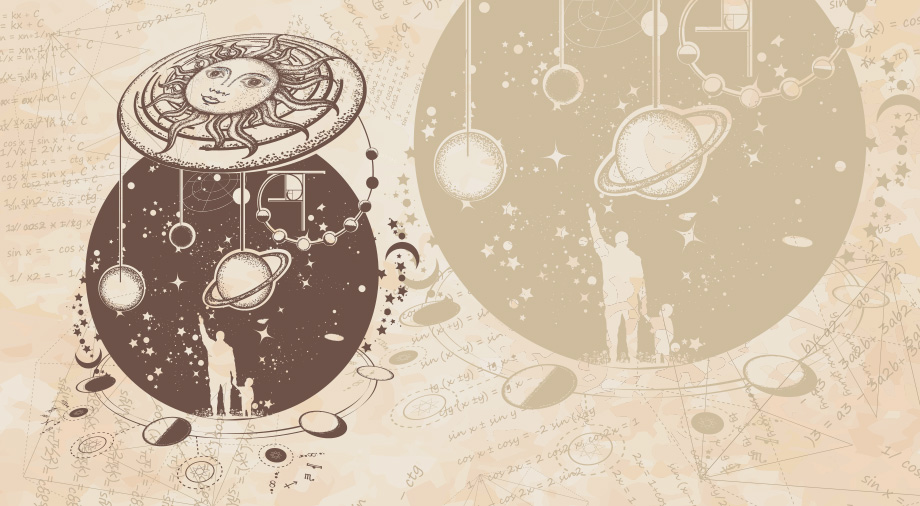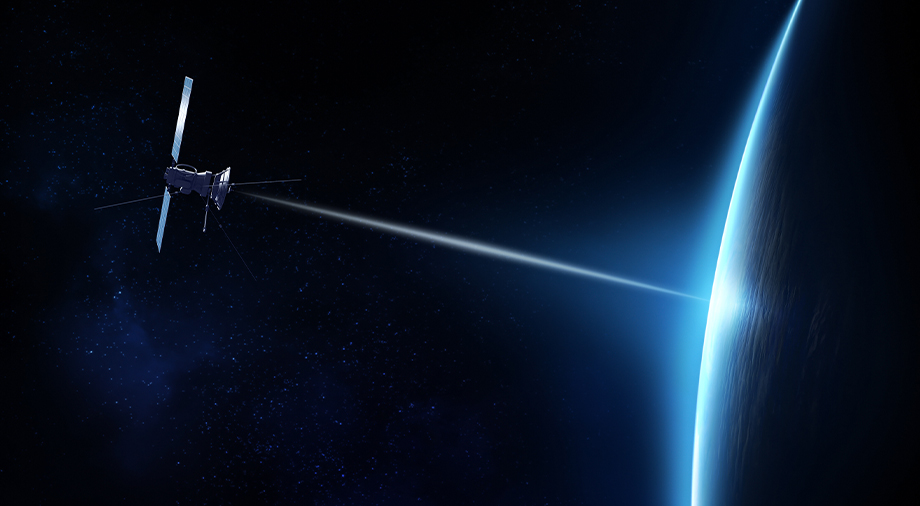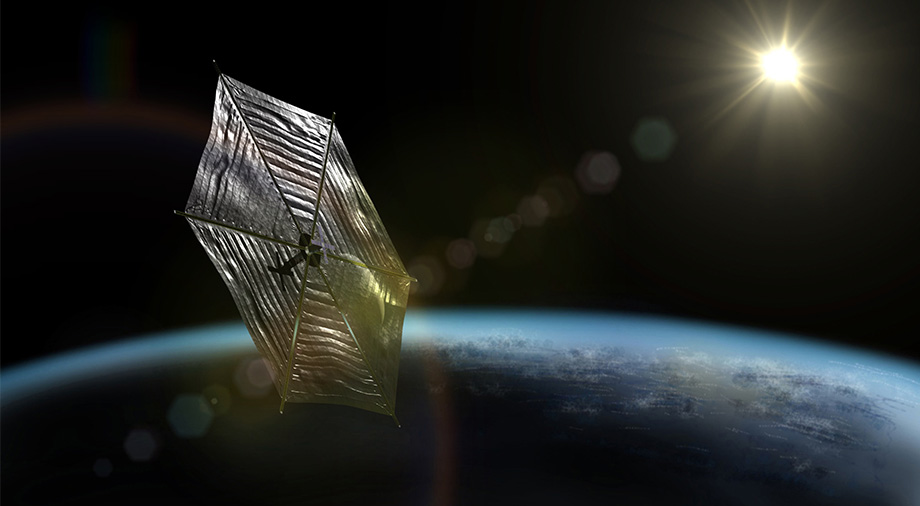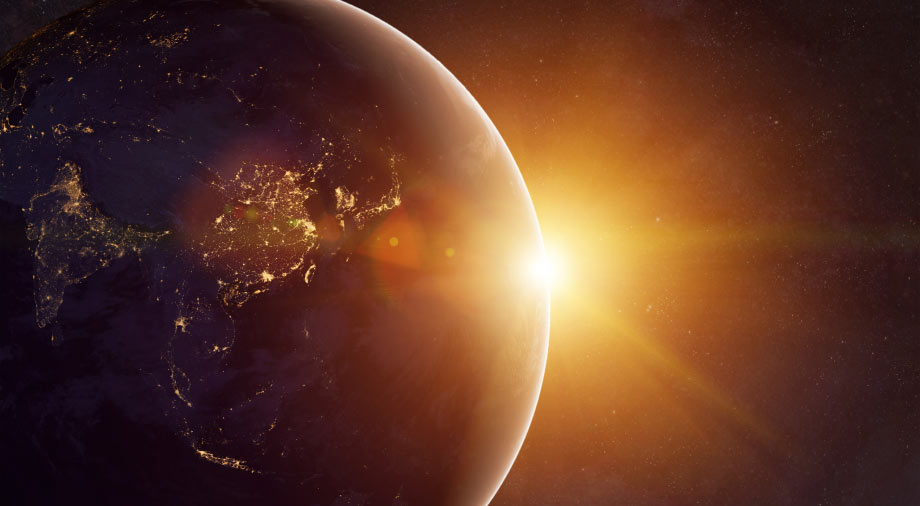During the Renaissance, the rapid development of natural philosophy, astronomy, and biology was preceded by the emergence of a number of completely new optical instruments that allow man to look both deep into himself and far beyond the Earth. It is these devices that would help prove a number of previously fantastic theories that describe the movement of all observed space objects.
Optics which made it possible to see the Universe
The creation of the first microscope is attributed to the Dutch eyeglass maker Hans Jansen. In 1590, he (together with his son Zachary Jansen) invented the first compound microscope of two lenses: the first (concave) was intended to obtain an image, while the the second (convex) magnified it.
Jansen was of course not the first to describe the optical effect of enlarging an image by combining two lenses, since it was also described back in 1538 by Girolamo Fracastoro, a doctor from the Italian city of Verona. Nevertheless, the Jansens were the first to construct a full-fledged device based on this knowledge, later called a microscope.
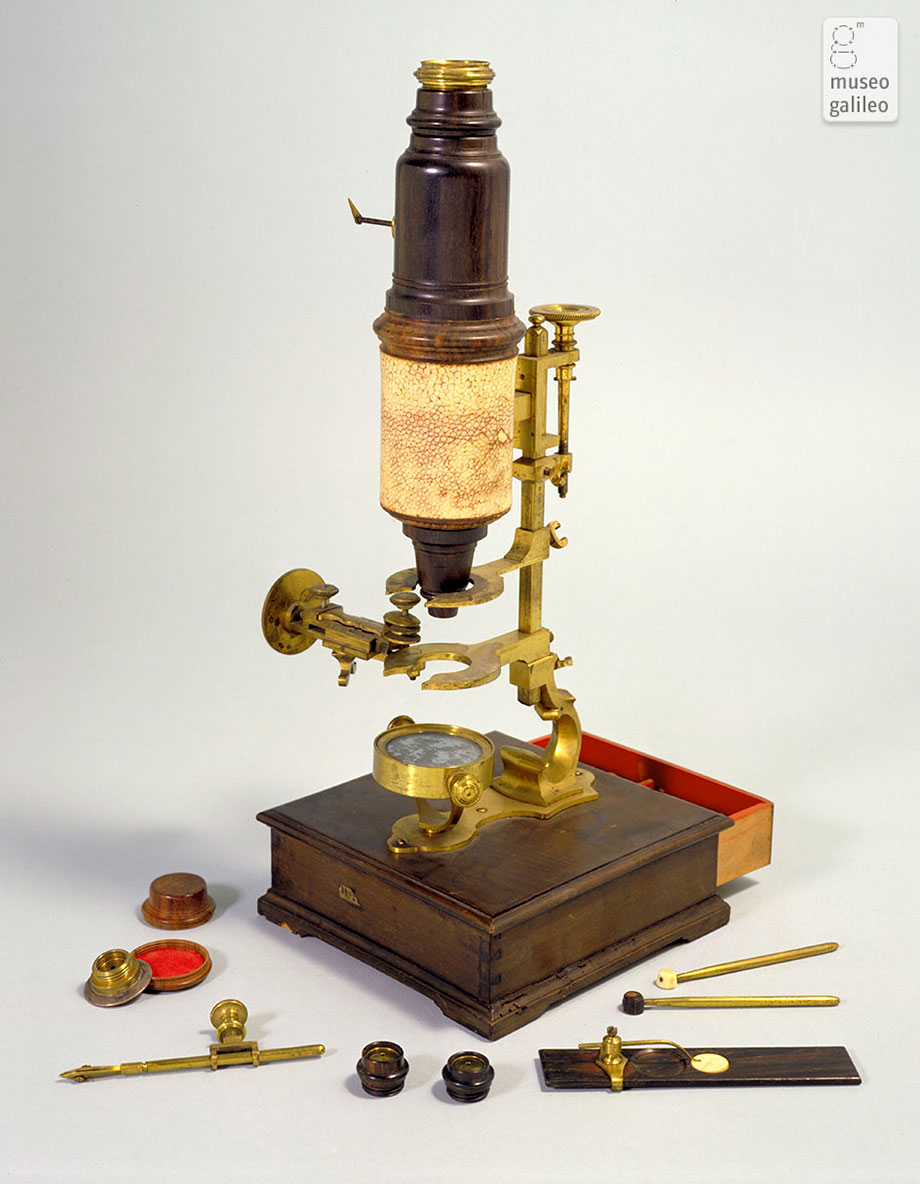
source: catalogue.museogalileo.it
Understanding the principle of optical lensing, which underlay the operation of the microscope, allowed the optician Johann (Hans) Lippershey to create the first prototype of an optical refractor telescope in 1608. A beam of light entering the telescope lens passed through a system of lenses that caused its refraction, resulting in the effect of optical magnification. Johann called his invention kijker (translated from the Dutch word for “looking”) and described his device as “allowing one to see distant objects up close, as if they were in front of you.”
Hans Lippershey was never able to agree with the government of the Netherlands on a patent for his invention, since several applicants had applied for patents for similar telescopes at once, including his compatriot from Middelburg, Zachary Jansen. The dispute about who actually came up with the first telescope technology continues to this day.
The design of the telescope, elementary in its simplicity, quickly became popular, and a year later, in 1609, the Florentine astronomer Galileo Galilei designed his own modification of the telescope with a concave eyepiece and a convex lens.
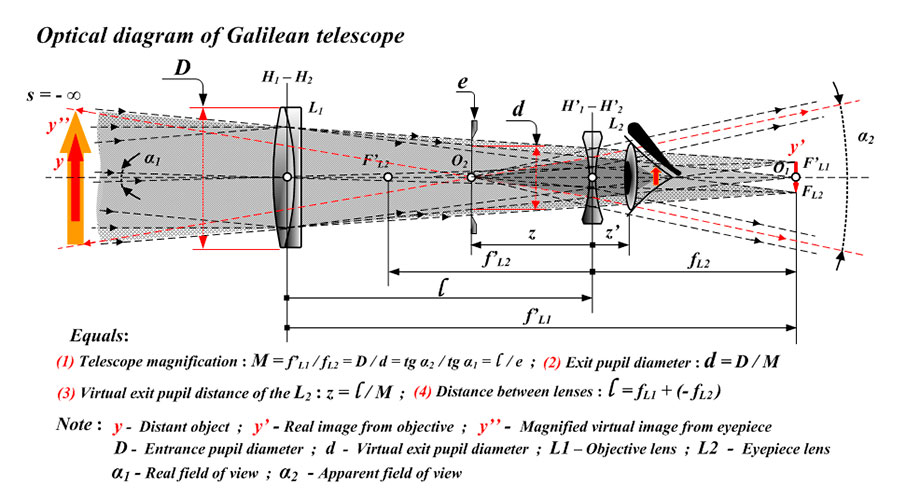
source: wikimedia.org
Galileo’s refractor telescope had a 10x zoom (which the astronomer would later refine to 32x), which allowed him to observe previously invisible cosmic bodies. In 1610, observing space for the first time through the eyepiece of his telescope, Galileo made a number of discoveries, including 4 previously unknown moons of Jupiter: Io, Ganymede, Europa and Callisto. He also looked upon the terrain of the Moon for the first time, observing its craters and canyons. Galileo would also observe and describe the effect of lunar libration – weak oscillations of the Moon caused by the influence of the Earth’s gravity and orbital rotation.
The technology of the refractor telescope was finalized by Isaac Newton in 1668, introducing a reflecting mirror into its design. Newton’s innovation made it possible to solve the main problem that had plagued previous refracting telescopes – to get rid of the effect of chromatic aberration, which significantly reduced the clarity of the image observed through the rectilinear telescope tube.
Celestial Mechanics: Copernicus, Brahe, Kepler
Watching the phases of Venus through his telescope, Galileo realized that the only possible way to describe the behavior of the planet in the night sky is to accept that it revolves around the Sun, and not around the Earth. And although this discovery contradicted church ideas about the order of the universe (for which Galileo would spend the last 9 years of his life under house arrest), it correlated well with the works of Polish astronomer Nicolaus Copernicus, which were published 66 years earlier.
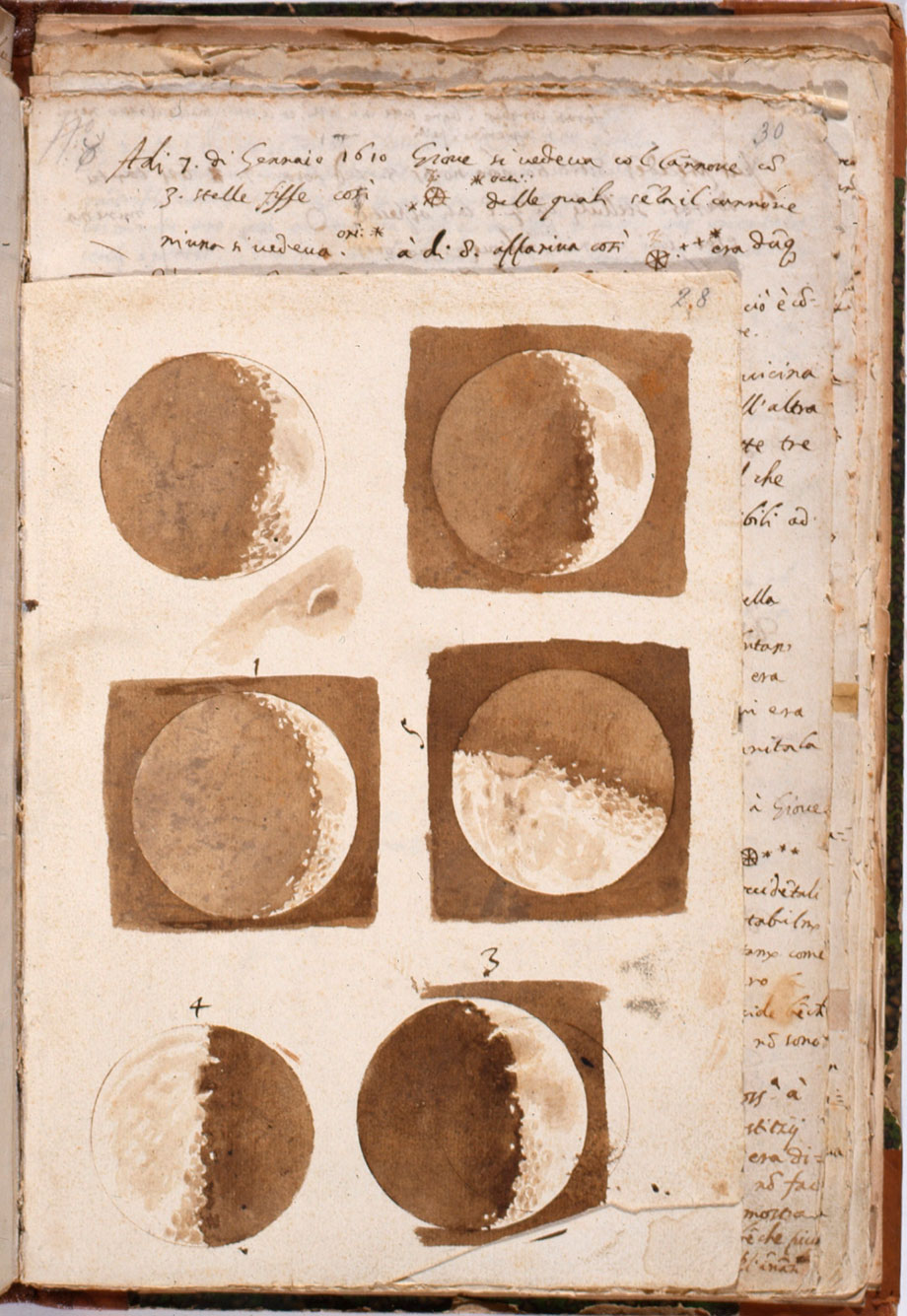
source: wikimedia.org
Even without Galileo’s advanced means for observing the night sky as Galileo, Copernicus nevertheless was able to mentally conclude that the Earth is not the center of the universe, thereby refuting the notion of geocentrism, formed back in the days of Aristotle. According to Copernicus’s calculations, it was the Sun that fit better in the center of our solar system, and not the Earth. Copernicus cited the results of his observations in his Sixth Book on the Revolutions of the Celestial Spheres (De revolutionibus orbium coelestium libri VI), first published in 1543.
Copernicus’s new heliocentric vision of the solar system was revolutionary, but some of his conclusions were largely incorrect. In particular, he misunderstood the angle of the Earth’s axis. In addition, Copernicus believed that the stars observed from the Earth were stationary, and he explained their change in position in space by a displacement effect caused by the rotation of the Earth.
Copernicus also relied on Ptolemy for his belief that the orbits of the planets around the sun were circular. This was contradicted by the observations of Danish astronomer Tycho Brahe. In 1572 and 1577, Brahe discovered two new stars in the sky, which confirmed his hypothesis that the Universe was not static, but rather in constant motion. By observing comets through his telescope, Brahe completely debunked the notion of invisible celestial spheres that set the planets in motion. Brahe’s young student, Johannes Kepler, would dot all the “i’s” and, using mathematical calculations, be able to summarize his mentor’s twenty years of observations of the cosmos.
Keppler contrasted circular orbits with elliptical orbits, resulting in Kepler’s 3 Laws, which formed the heliocentric system as we know it today:
- Each planet in the solar system moves in ellipsoidal orbits with the Sun at its focus.
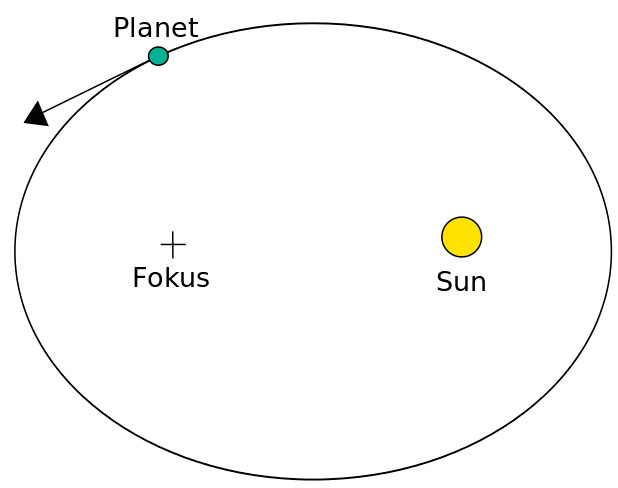
source: wikimedia.org
- Each planet moves in a plane passing through the center of the Sun, and for equal periods of time, the radius vector connecting the Sun and the planet cover equal areas during equal periods of time.
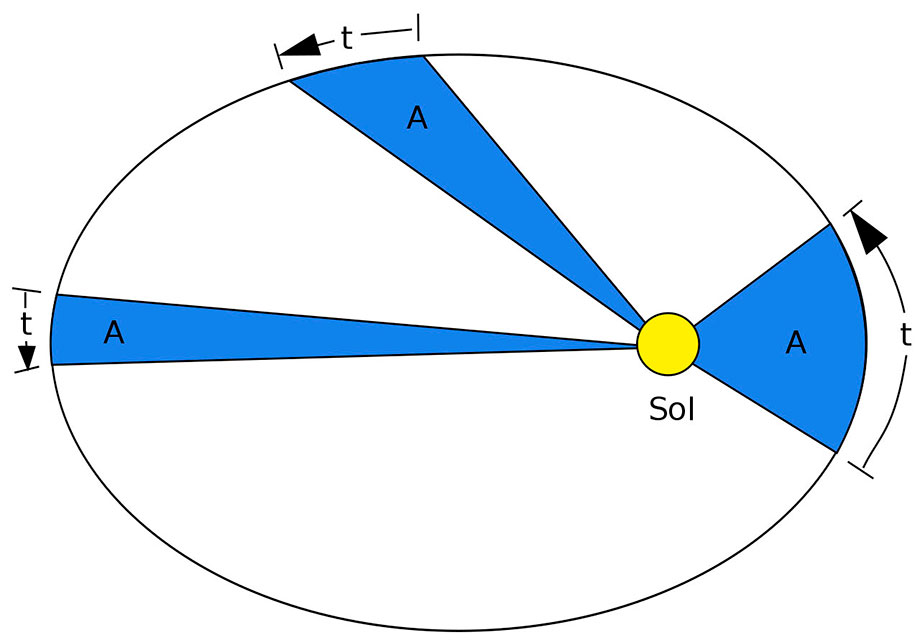
source: wikimedia.org
- The square of a planet’s orbital period is proportional to the cube of the length semi-major axes its orbit.

source: wikimedia.org
The conclusions of Copernicus, later refined by Brahe and Kepler and confirmed by Galileo’s optical observations, would come to define how people during the Renaissance understood their place in this universe. These discoveries marked the beginning of the era of the scientific revolution, which would subsequently unfold in Europe, marking the beginning of the historical period of the Modern Age.

